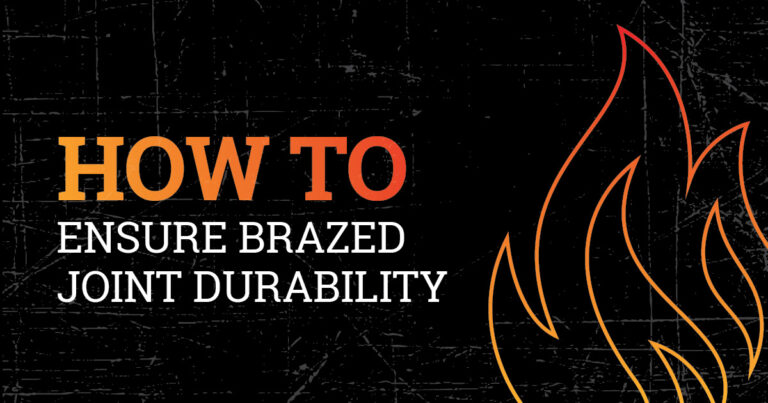Brazed joints, the unsung heroes of industries like automotive and aerospace, connect metal parts and promise durability, but here’s the kicker: These joints need to be as reliable as your morning coffee, or they could spell disaster. So testing them is a big deal in all industries, especially in industries like aerospace, automotive, and medical devices where they’re the rock stars of reliability and safety is nonnegotiable.
The Significance of Brazed Joint Testing
Brazing is a technique that relies on capillary action. It uses a filler material, usually a metal alloy with a lower melting point than the base metals. This material flows into the gap between two metal parts. As the filler cools and solidifies, it weaves a tight, sturdy connection, much like the bonds of trust we build with our customers here at Thermal-Vac Arizona.
The reliability of a brazed joint depends on several factors. This includes the choice of materials being used, the brazing process parameters, and the quality of the workmanship. Testing these joints is essential for many reasons:
- Safety: In mission-critical applications where brazed joints are the unsung heroes, safety takes precedence. Any slip in a brazed joint’s reliability can spell disaster. Testing ensures a joint can endure the stresses and conditions it faces during its service life.
- Quality Assurance: Brazed joints are often the linchpins in intricate systems and assemblies. Through rigorous testing, manufacturers are assured of a joint’s quality and dependability.
- Cost Savings: Safeguarding against joint defects in the manufacturing process early on can save precious time and resources, preventing expensive rework and replacements down the road.
Common Testing Techniques
Many testing techniques are used to assess the quality of brazed joints. These approaches can be divided into nondestructive testing (NDT) and destructive testing (DT). Each method serves distinct requirements and materials. Let’s look at some of the tried-and-true methods that can be used:
- Visual Inspection (NDT): This is the simplest form of quality control, where keen eyes examine the joint for visible defects like cracks, incomplete fills, or excess filler material. It’s the first line of defense against glaring issues.
- Liquid Penetrant Testing (NDT): To uncover surface defects such as cracks and porosity, a fluorescent dye or colored liquid penetrant is applied to the joint’s surface. The excess penetrant is removed, and a developer is used to reveal any discontinuities under UV light.
- Radiographic Testing (NDT): Using X-rays or gamma rays, radiographic testing constructs an image of the joint’s internal structure to uncover voids, inclusions, and internal defects. This method is especially handy for intricate or thicker joints.
- Ultrasonic Testing (NDT): High-frequency sound waves are used in ultrasonic testing to uncover internal defects within the brazed joint. Reflections are analyzed to identify flaws like voids or delaminations.
- Dye Penetrant Inspection (NDT): Dye penetrant inspection is much like liquid penetrant testing, but it’s the preferred choice when joints can’t be cleaned easily after testing. With this process, a colored dye penetrates surface defects and is later examined for flaws.
- Tensile Testing (DT): In tensile testing, a sample of the brazed joint is pulled to measure its tensile strength. This process determines the joint’s capacity to withstand pulling forces. This test is vital for joints subjected to tension.
- Shear Testing (DT): Shear testing evaluates a brazed joint’s resistance to shearing forces. This test is crucial for situations where the joint faces lateral or perpendicular stresses.
- Metallographic Examination (DT): Metallography sections and polishes a sample of the brazed joint. Microscopic examination reveals the joint’s microstructure, including intermetallic compounds and other attributes.
These testing methods are the guardians of a brazed joint’s reliability and safety and play a vital role in many industries. By blending nondestructive and destructive testing methods, the joints can be evaluated carefully to ensure they meet stringent standards of safety and dependability.
Robust testing vouches for product quality and slashes the risk of costly failures, cementing its place as a critical component of manufacturing and maintenance processes across many diverse manufacturing sectors. As technology advances and materials evolve, the methods for testing brazed joints continue to strengthen, ensuring these vital connections remain strong and dependable.
